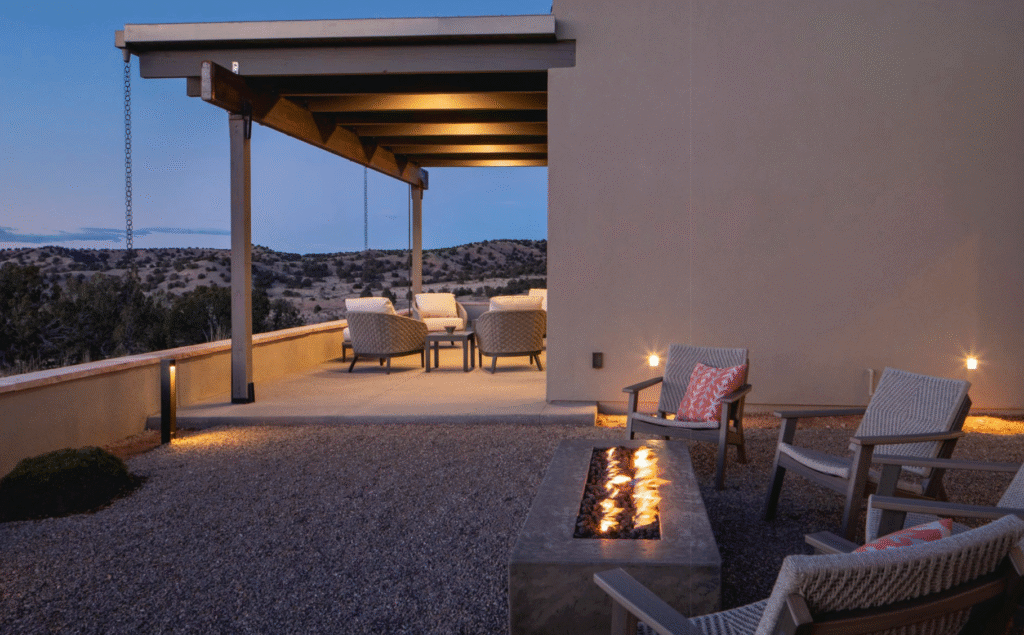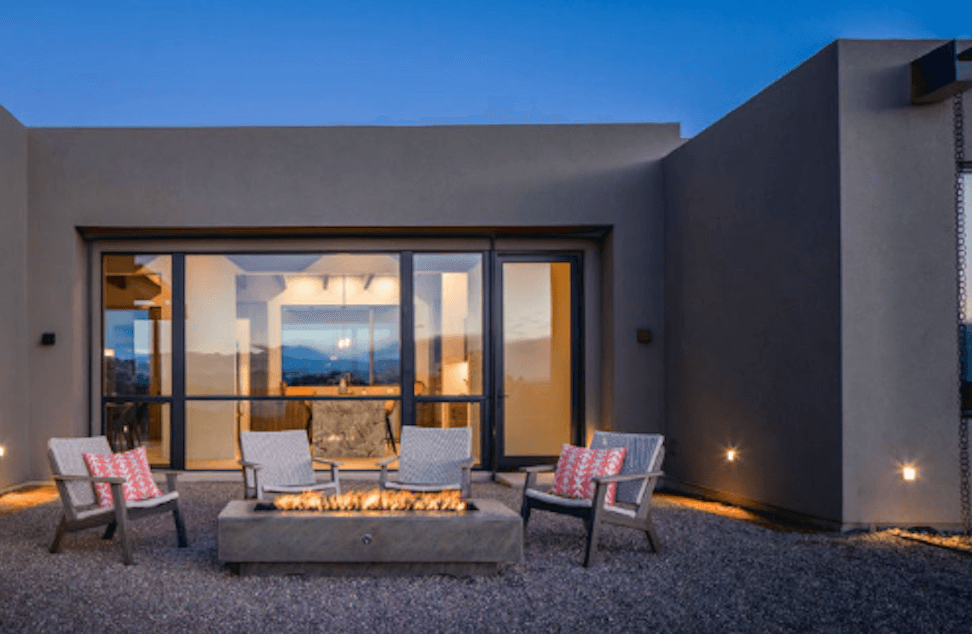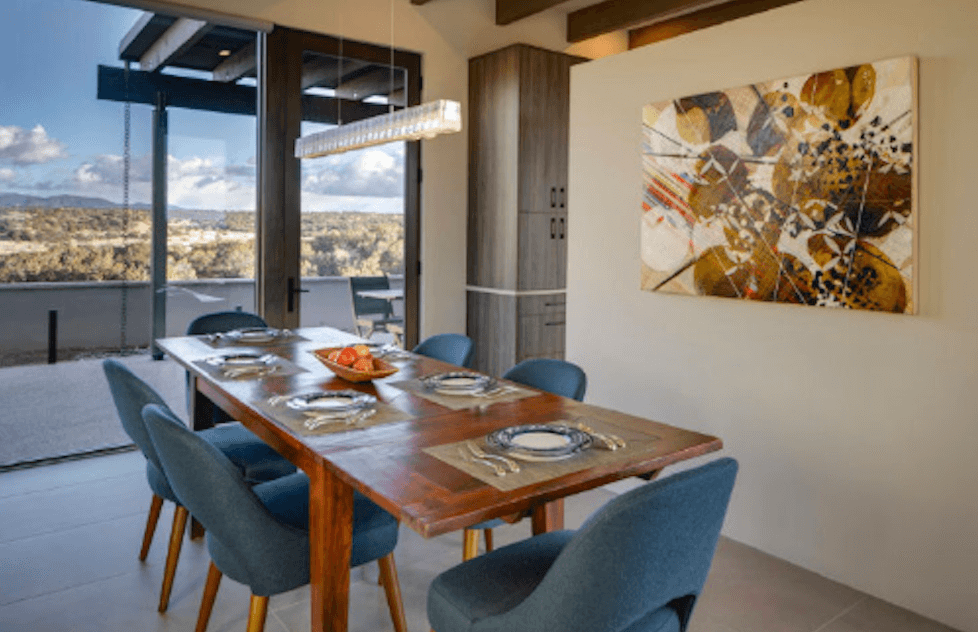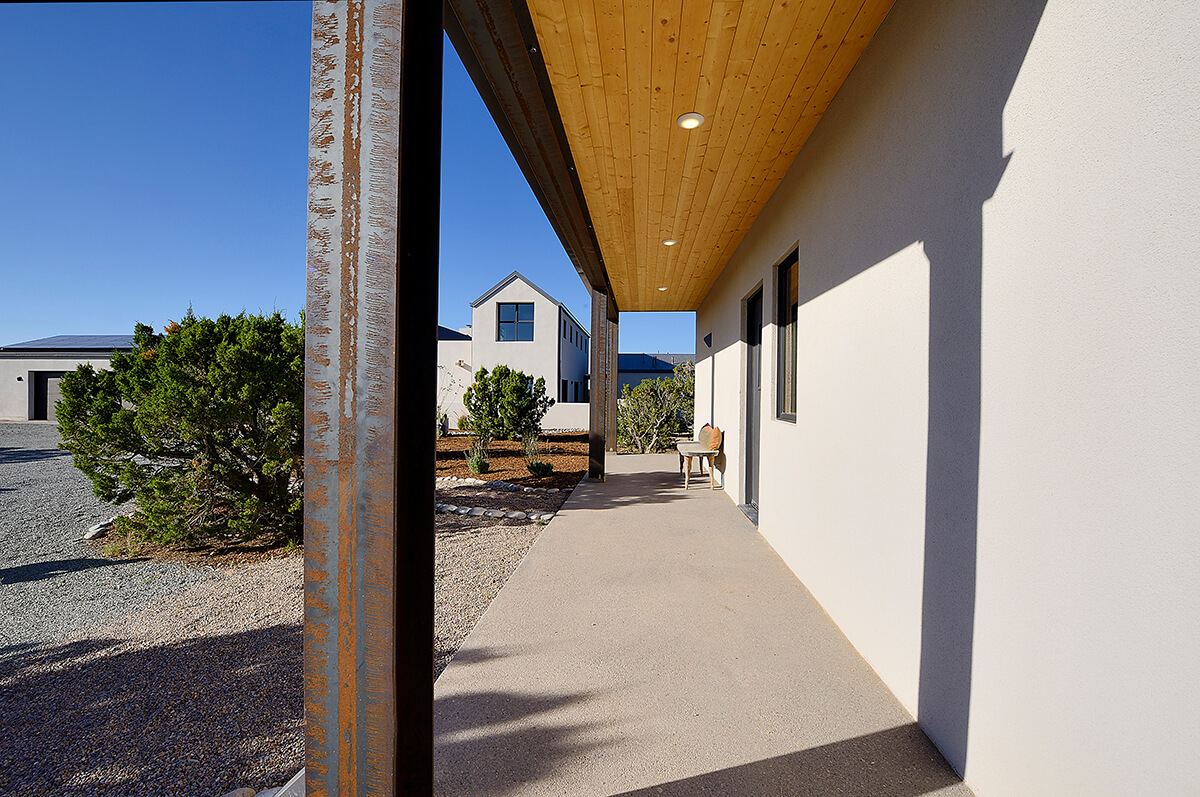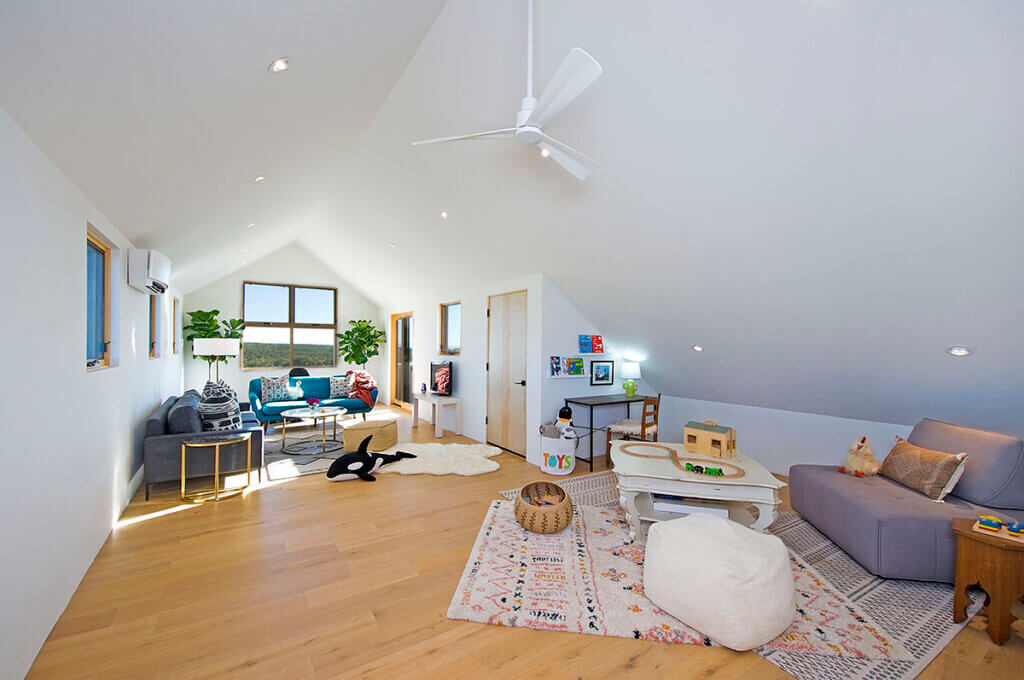Santa Fe, NM — April 17, 2025 — Palo Santo Designs is honored to announce its feature in the February 2025 issue of Modern Home Builders magazine. The article highlights the company’s commitment to sustainable design, innovative building practices, and its role in shaping the future of eco-conscious architecture in the Southwest.
Modern Home Builders is a premier publication that delves into the vital aspects of contemporary home construction, including materials, labor, design, interior and exterior finishes, and emerging trends like energy efficiency and smart home technology. The magazine caters to industry professionals, offering insights from business leaders and spotlighting the successes of leading firms in the North American home building sector. hubblehomes.com+2Modern Home Builders magazine+2Muck Rack+2hootbio.com+2Muck Rack+2Modern Home Builders magazine+2
In the feature, Modern Home Builders explores Palo Santo Designs’ unique approach to blending traditional Southwestern aesthetics with modern, sustainable building techniques. The article discusses the company’s dedication to environmental stewardship, use of locally sourced materials, and innovative design solutions that meet the evolving needs of homeowners.
“Being featured in Modern Home Builders is a testament to our team’s hard work and our commitment to sustainable design,” said Mark Giorgetti of Palo Santo Designs. “We’re proud to be recognized for our efforts to create homes that are not only beautiful but also environmentally responsible.”
The full article can be read in the digital edition of Modern Home Builders magazine: Modern Home Builders magazine
About Palo Santo Designs
Palo Santo Designs is a Santa Fe-based design-build firm specializing in sustainable, high-performance homes that reflect the rich cultural heritage of the Southwest. With a focus on environmental responsibility and innovative design, the company creates custom homes that are both timeless and forward-thinking.
About Modern Home Builders Magazine
Modern Home Builders is a leading publication that covers the contemporary home construction industry. The magazine provides in-depth reporting on materials, design, technology, and trends, serving as a valuable resource for professionals in the home building sector.





